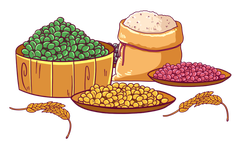
Click the blue text above to follow us!

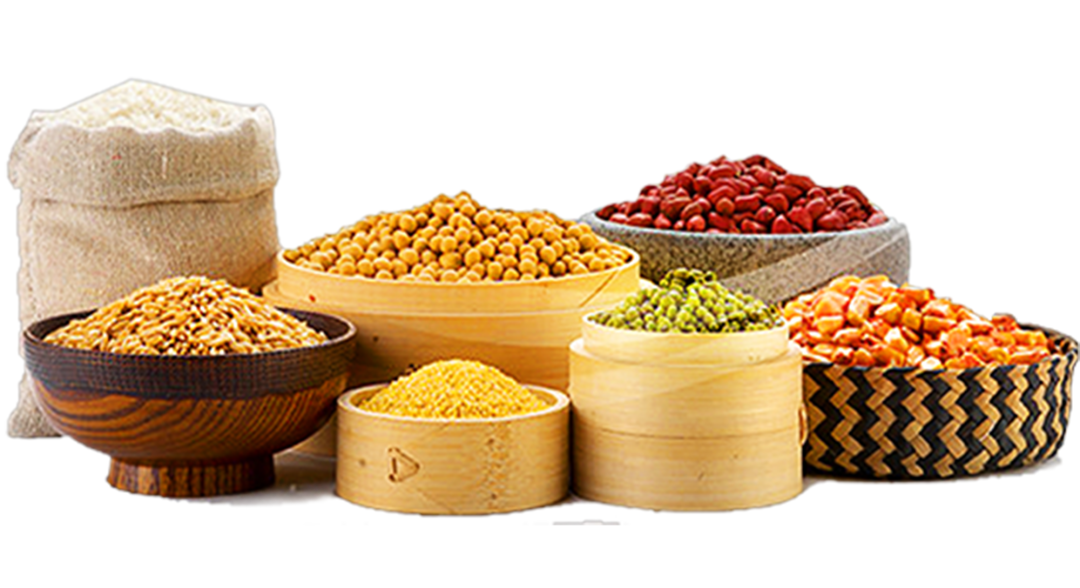
Nowadays, both magazines and nutritionists highly advocate the concept of “eating some whole grains.” In fact, consuming a portion of whole grains every morning can not only help prevent cancer, combat aging, and promote longevity, but also reduce the incidence and mortality of cardiovascular diseases. The benefits are numerous! Unfortunately, many people are unaware of this!
↓↓↓
Whole Grains are the Foundation of Health
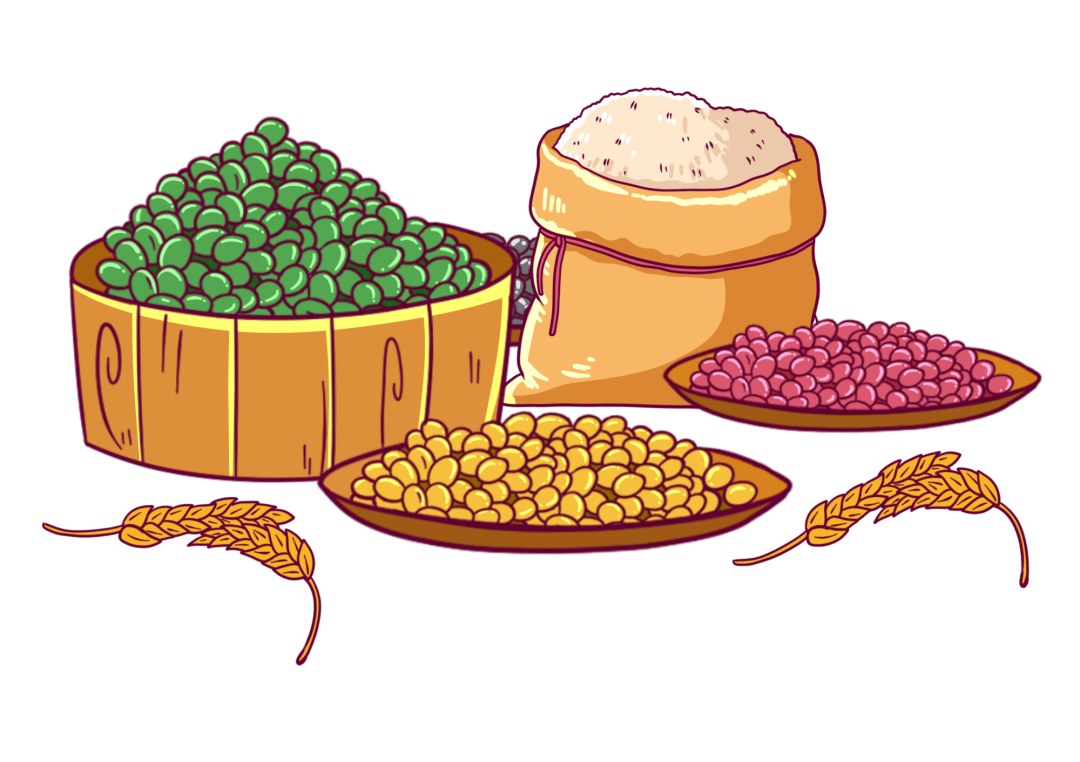
The “Huangdi Neijing” (Yellow Emperor’s Inner Canon) records the dietary principle that “the five grains nourish, the five livestock benefit, the five fruits assist, and the five vegetables complete,” indicating that whole grains are the foundation of health.
Whole grains refer to coarse grains compared to the refined white rice and flour we usually consume. They mainly include grains such as corn, millet, purple rice, sorghum, oats, buckwheat, wheat bran, and various dried beans like soybeans, green peas, red beans, and mung beans.
Most coarse grains are not only rich in essential amino acids and high-quality proteins but also contain minerals such as calcium and phosphorus, as well as vitamins. Compared to white rice and flour, coarse grains have lower carbohydrate content and higher dietary fiber content, which can lead to a greater feeling of fullness, reducing calorie intake and aiding in weight loss.
Additionally, coarse grains help ensure the normal functioning of the digestive system, can lower the risk of hypertension, diabetes, obesity, and cardiovascular diseases, and are beneficial in resisting various diseases such as gastric cancer, colorectal cancer, breast cancer, and ulcerative colitis.
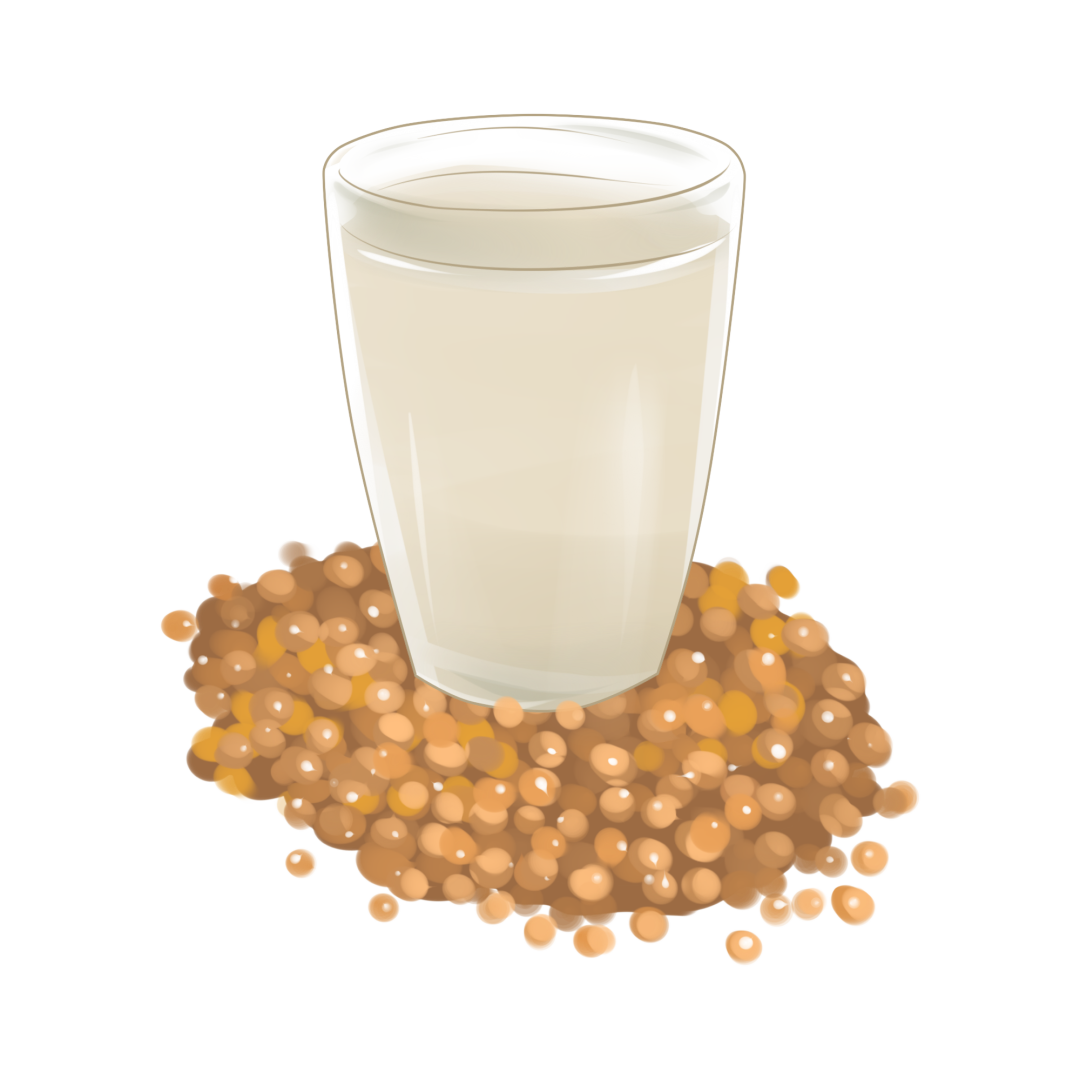
So, how should we reasonably consume coarse grains?
First, control the amount consumed. When starting to eat coarse grains, do not eat too much at once; it should be gradual to allow the intestines to adapt. Once adapted, the recommended daily intake of coarse grains is about 50 grams per person, and it is sufficient to have one meal a day that includes coarse grains. For special populations such as children, adolescents, the elderly, and those with digestive or kidney diseases, the amount should be appropriately reduced.

Secondly, when eating coarse grains, it should be done gradually, and hydration should be timely to ensure the normal digestion of dietary fiber. If you have a habit of eating coarse grains daily, you should also develop a habit of drinking more water. This is because the dietary fiber in coarse grains requires sufficient moisture to dissolve, making it easier for coarse grains to be absorbed and digested, allowing the intestines to function normally and avoiding constipation.


Ways to Eat Whole Grains
01
Whole Grain Porridge
Ingredients: 30g of wheat kernels, 20g of black beans, 20g of red beans, 20g of buckwheat, 20g of japonica rice, 800ml of water
Method: Rinse the wheat kernels and soak them in water for 30 minutes. Soak the black beans and red beans for at least 8 hours. Rinse the buckwheat and japonica rice and soak them for 30 minutes. Place all ingredients in a pot, bring to a boil over high heat, then reduce to low heat, cover, and simmer for one hour.
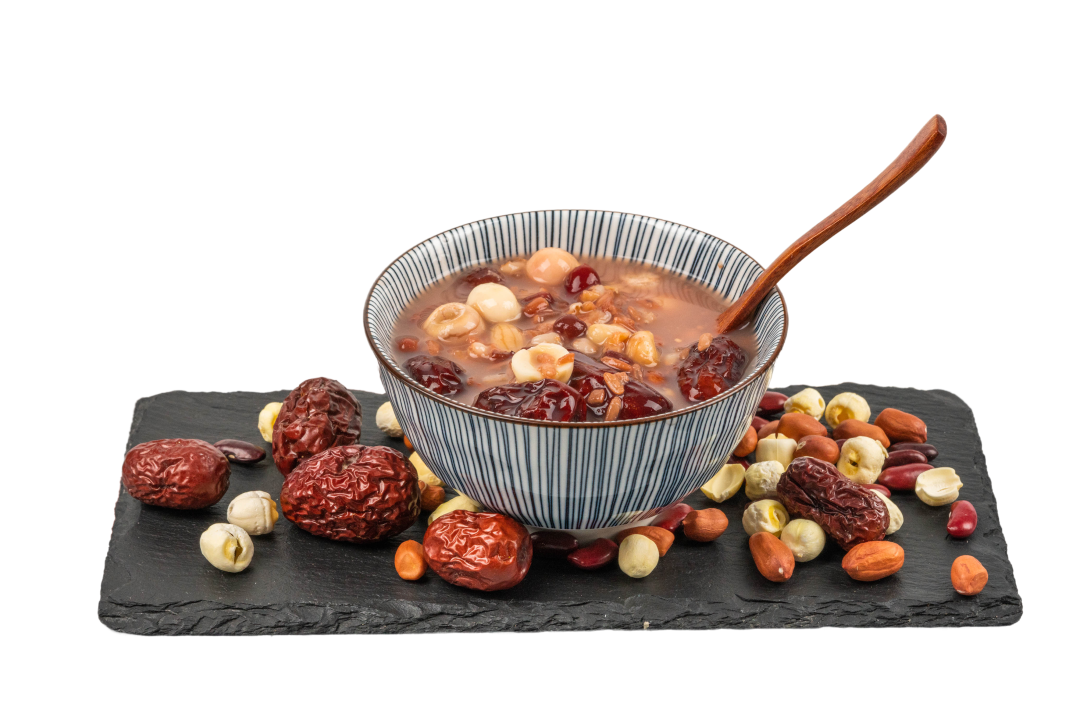
02
Oatmeal Corn Cakes
Ingredients: 120g of corn flour, 30g of flour, 30g of oatmeal, appropriate amount of milk, 30g of granulated sugar, appropriate amount of aluminum-free baking powder
Method: In a large bowl, mix corn flour, flour, oatmeal, granulated sugar, and aluminum-free baking powder. Gradually add milk to form a dough. Then, add an appropriate amount of oil to an electric griddle, take some dough, roll it into a ball, flatten it, and place it in the griddle. Finally, fry until both sides are golden brown.
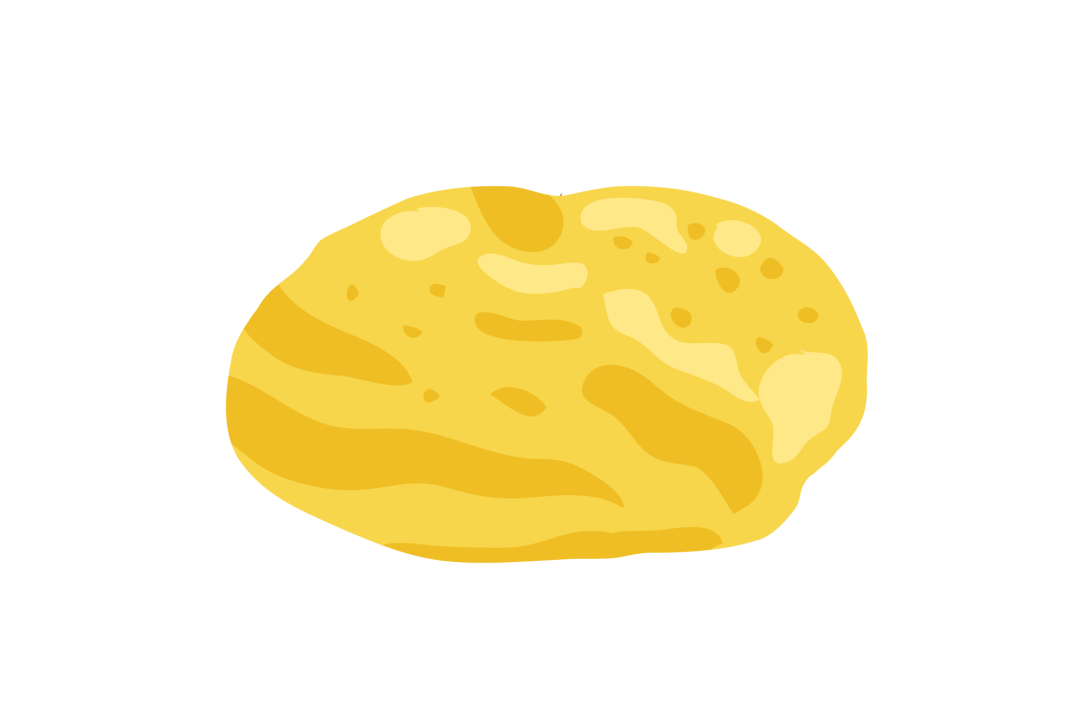

The Following Four Types of People Should Be Selective
For healthy individuals, there is no need to consider the types of coarse grains; they can be eaten interchangeably. However, for certain special populations, it is important to be selective when consuming coarse grains.
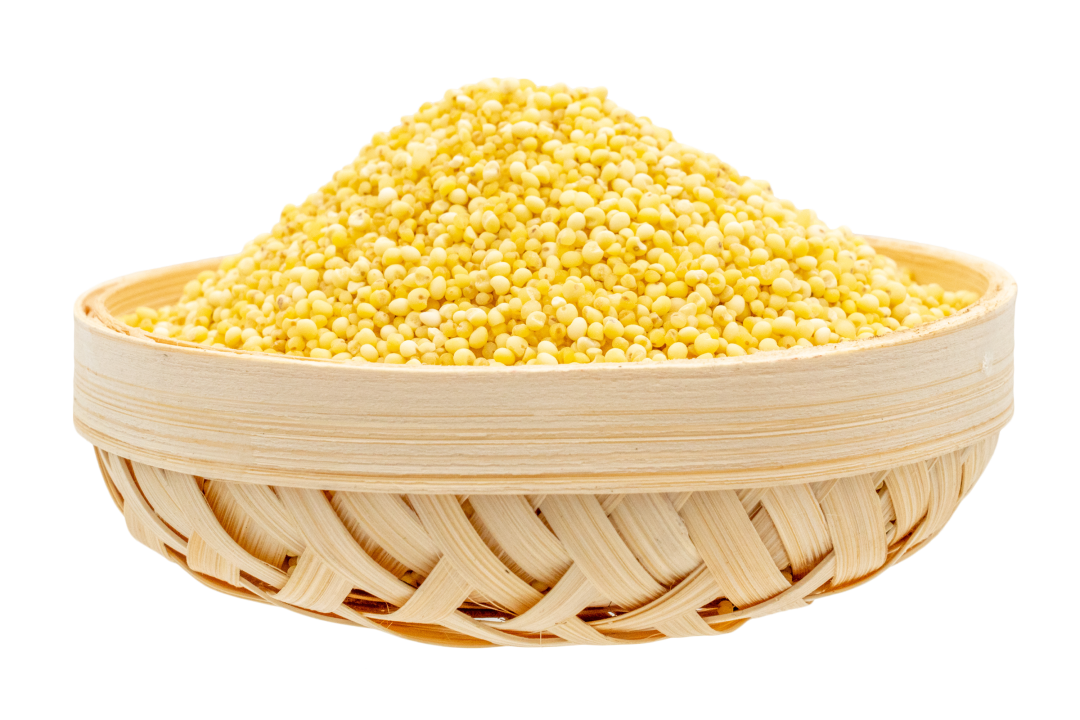
Individuals with gastrointestinal issues should choose millet, yellow rice, and brown rice. Those with gastrointestinal problems should eat coarse grains in a fine manner, preferring soft and mushy foods. Porridge is easy to digest and does not increase the burden on the digestive system. Millet, yellow rice, and brown rice are particularly suitable for porridge and can be consumed regularly by those with gastrointestinal issues.
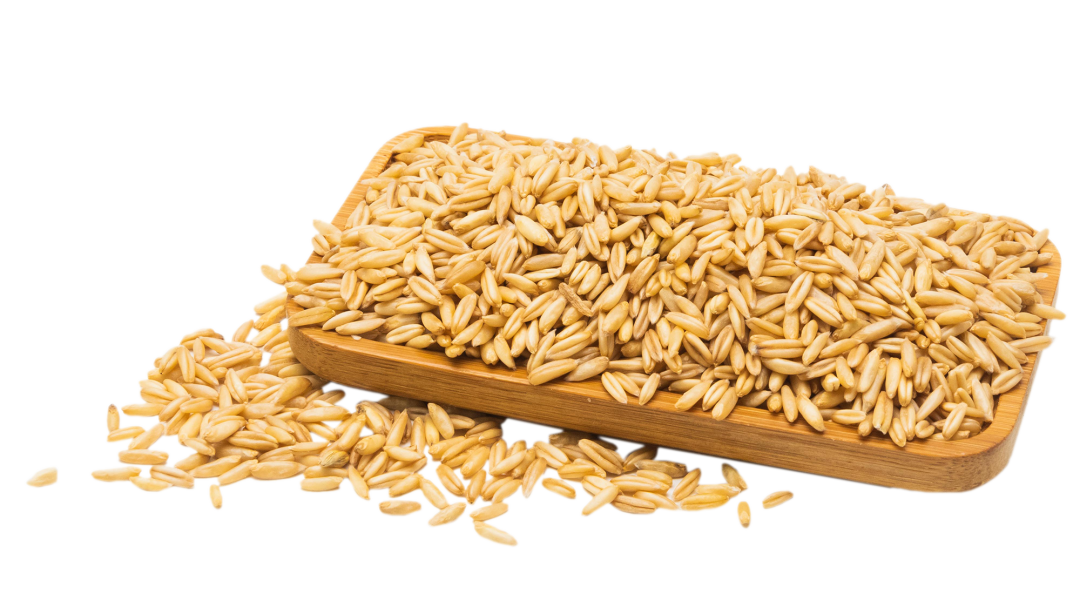
Individuals with high blood sugar and blood lipids or those who are overweight should consume oats and mixed beans. Oats and mixed beans can prevent and treat cardiovascular diseases caused by high blood lipids and are beneficial for controlling diabetes and obesity.
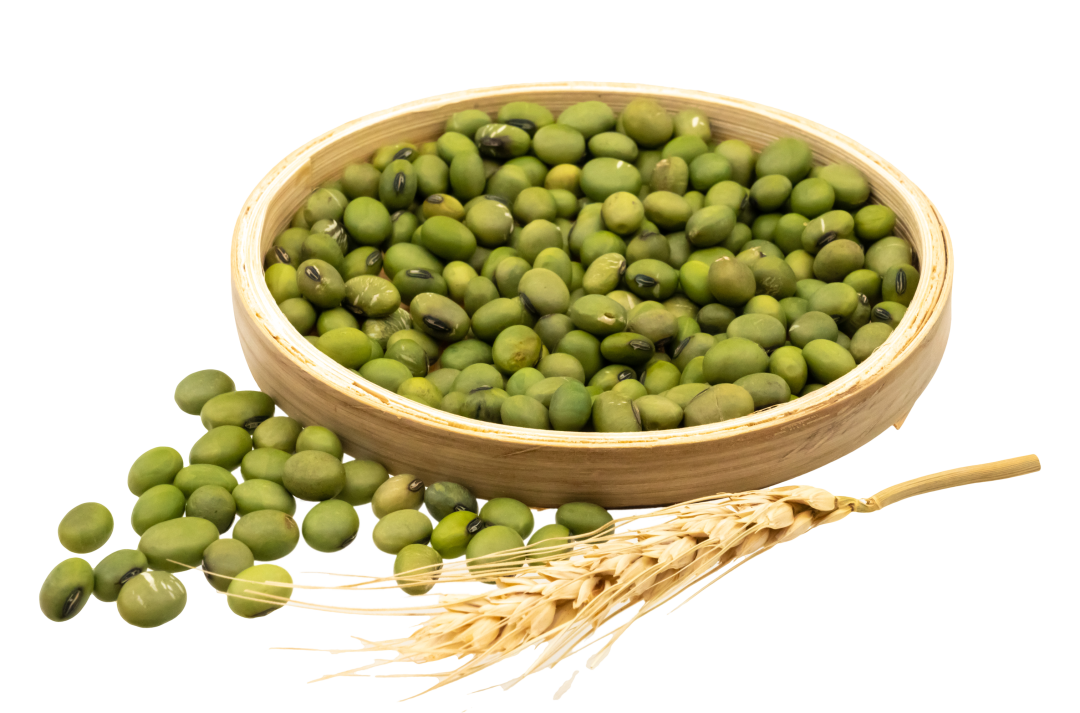
Individuals with a hot constitution should eat more mung beans and buckwheat. Mung beans are sweet and cold in nature, helping to neutralize toxins and quench thirst, while buckwheat is a cold coarse grain. These two foods are most suitable for those with a hot constitution.
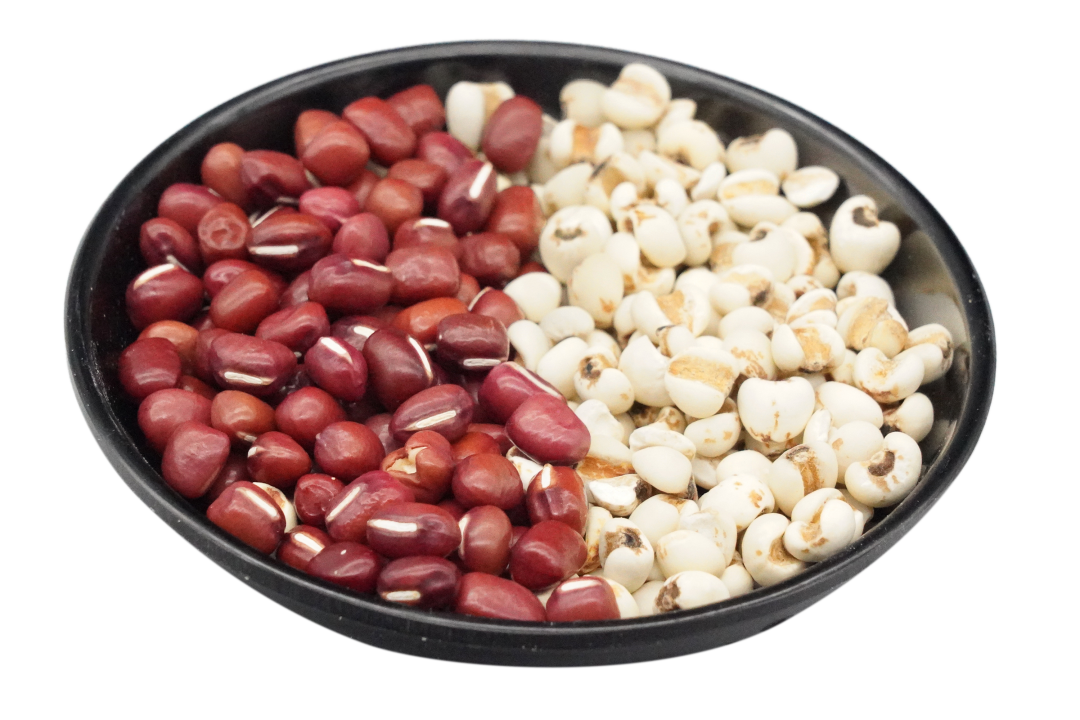
Individuals prone to edema should consume red beans and coix seed. Coix seed is highly recommended for its diuretic properties. Red beans contain potassium, which promotes diuresis and is also very suitable for those prone to edema.
Source | People's Health Network, Sohu.com
Editor | Lin Tingting


